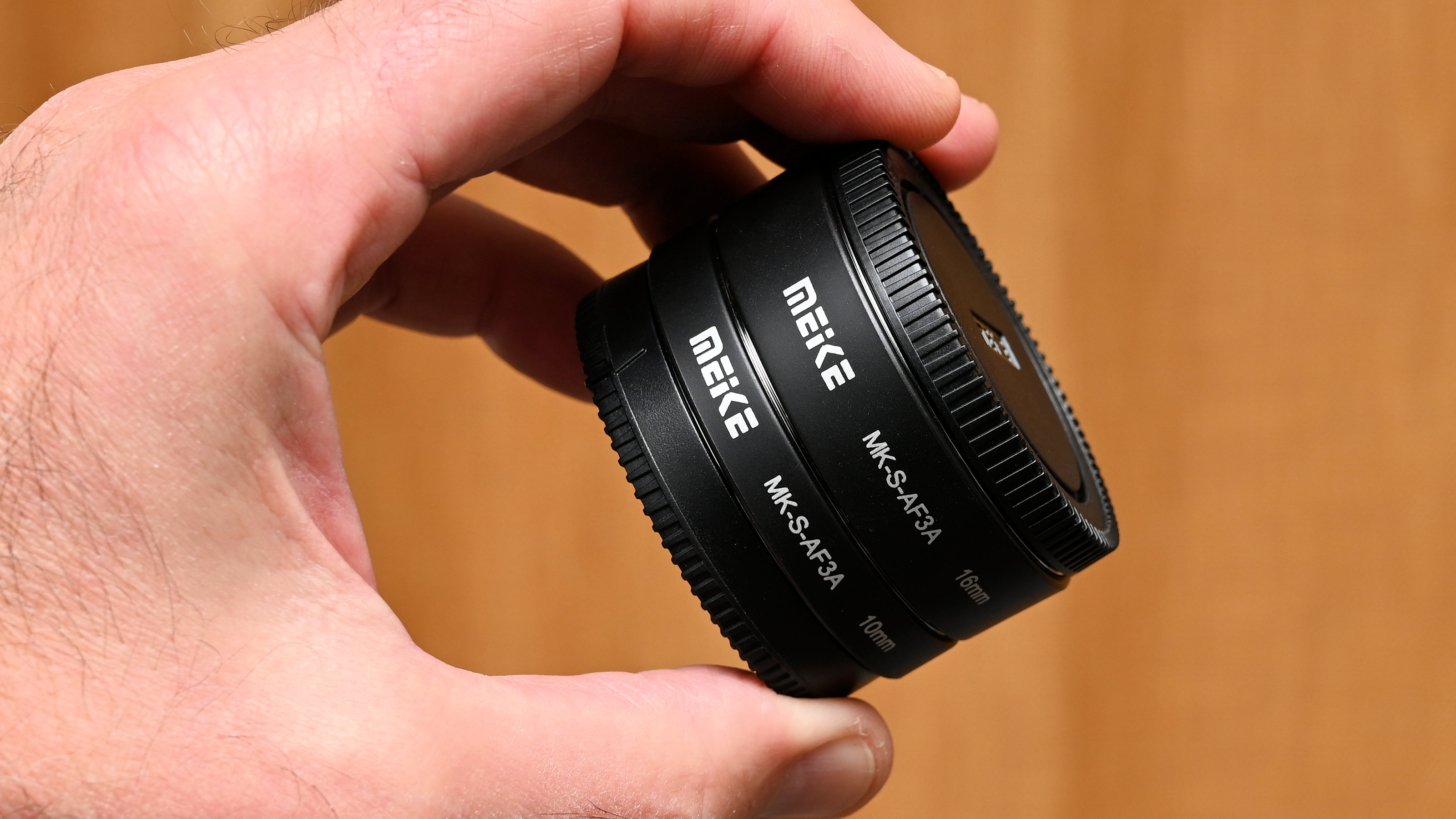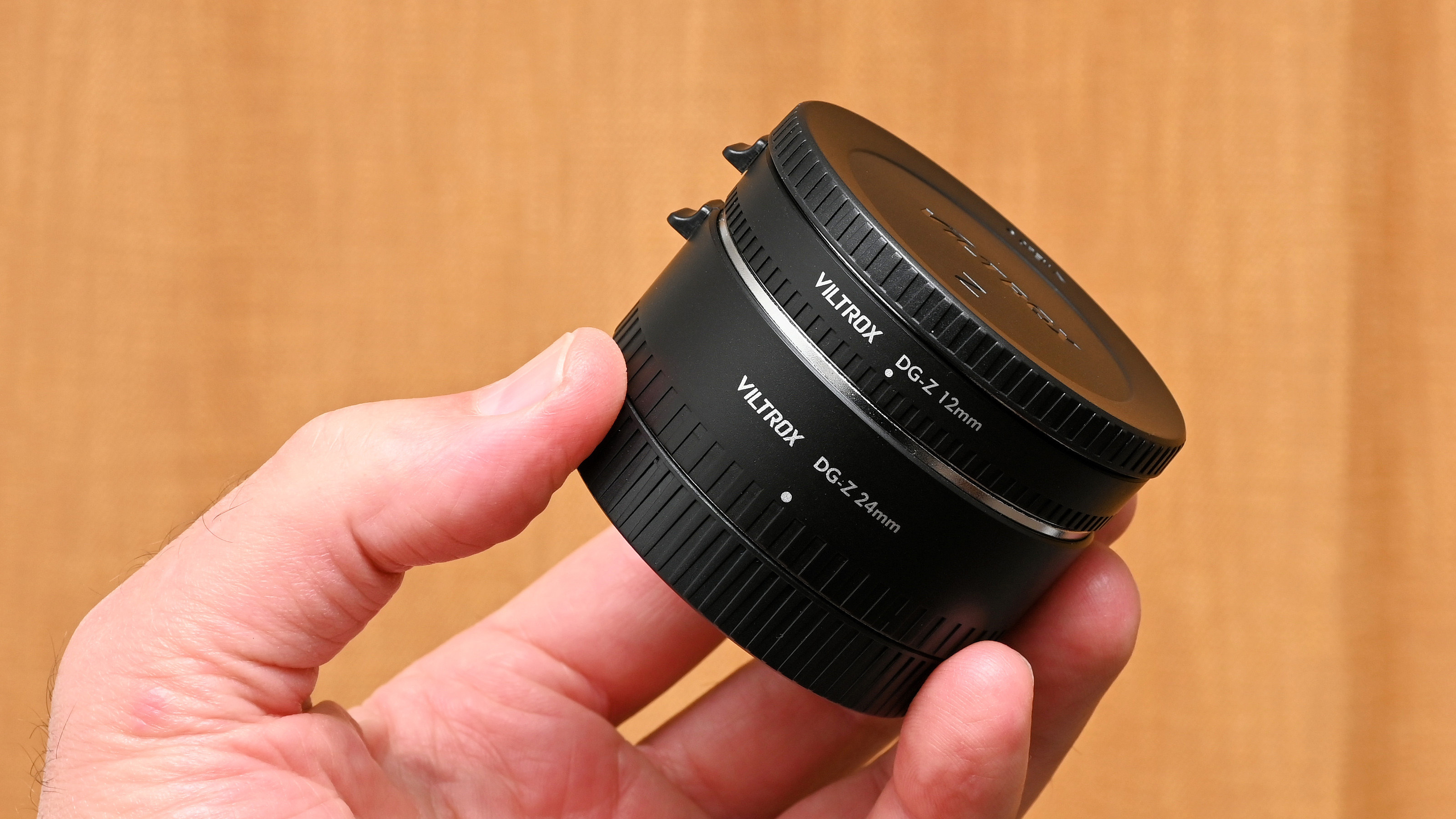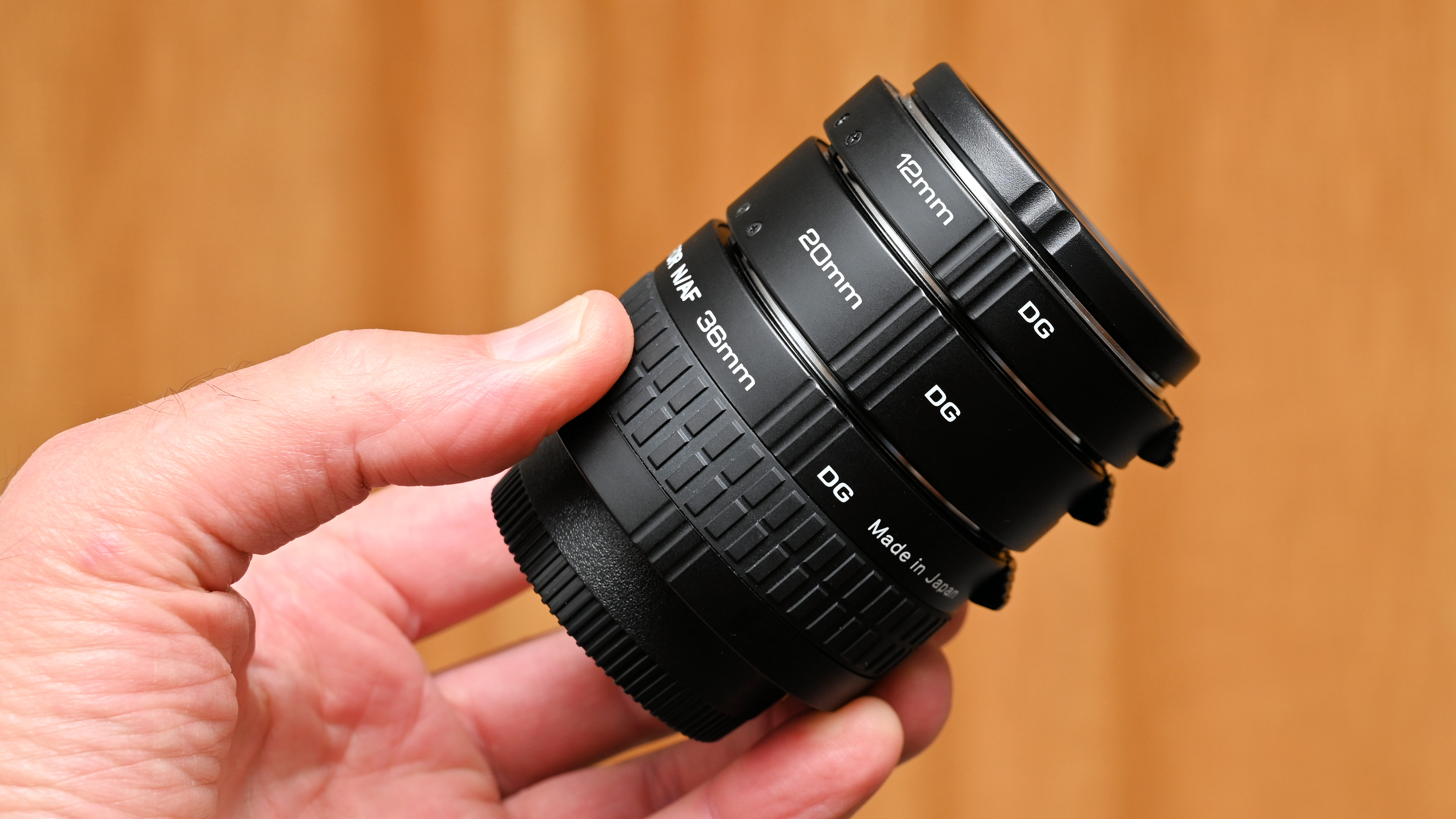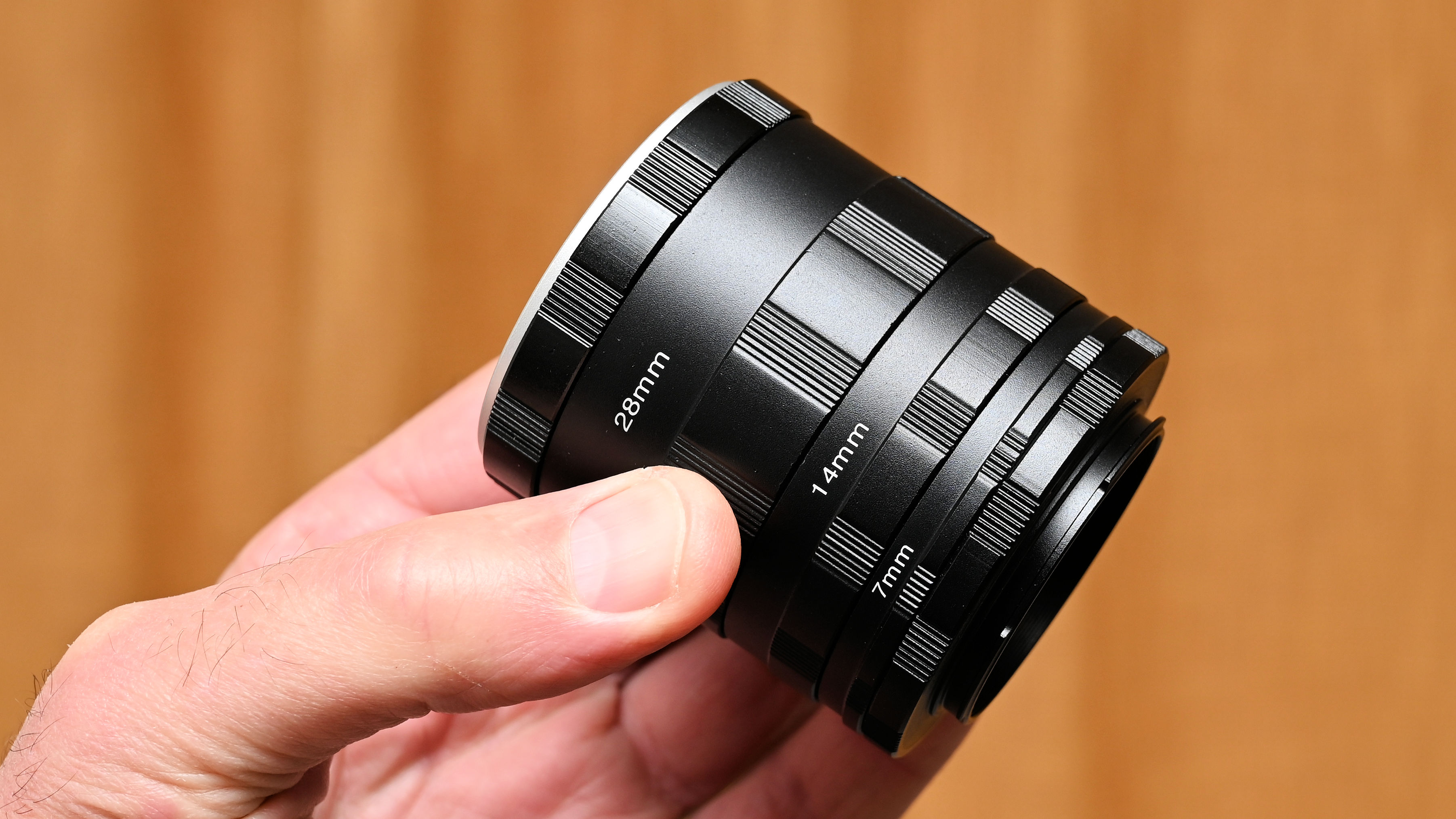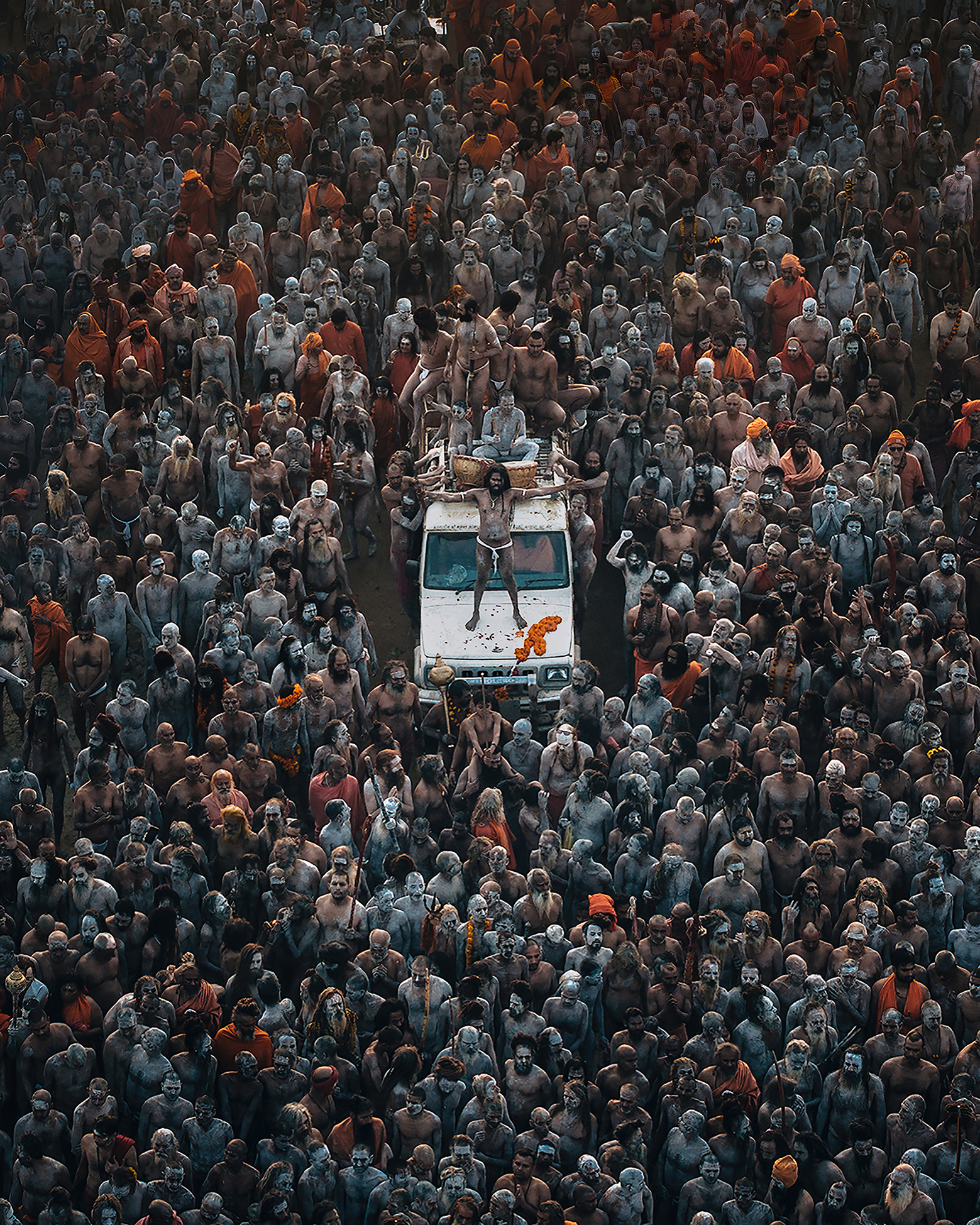The best extension tube sets in 2025: turn your standard lens into a magnifying glass and get a whole lot closer
I’ll help you choose the best extension tubes that enable ultra-close-up shooting, without stretching to the expense of a specialist macro lens
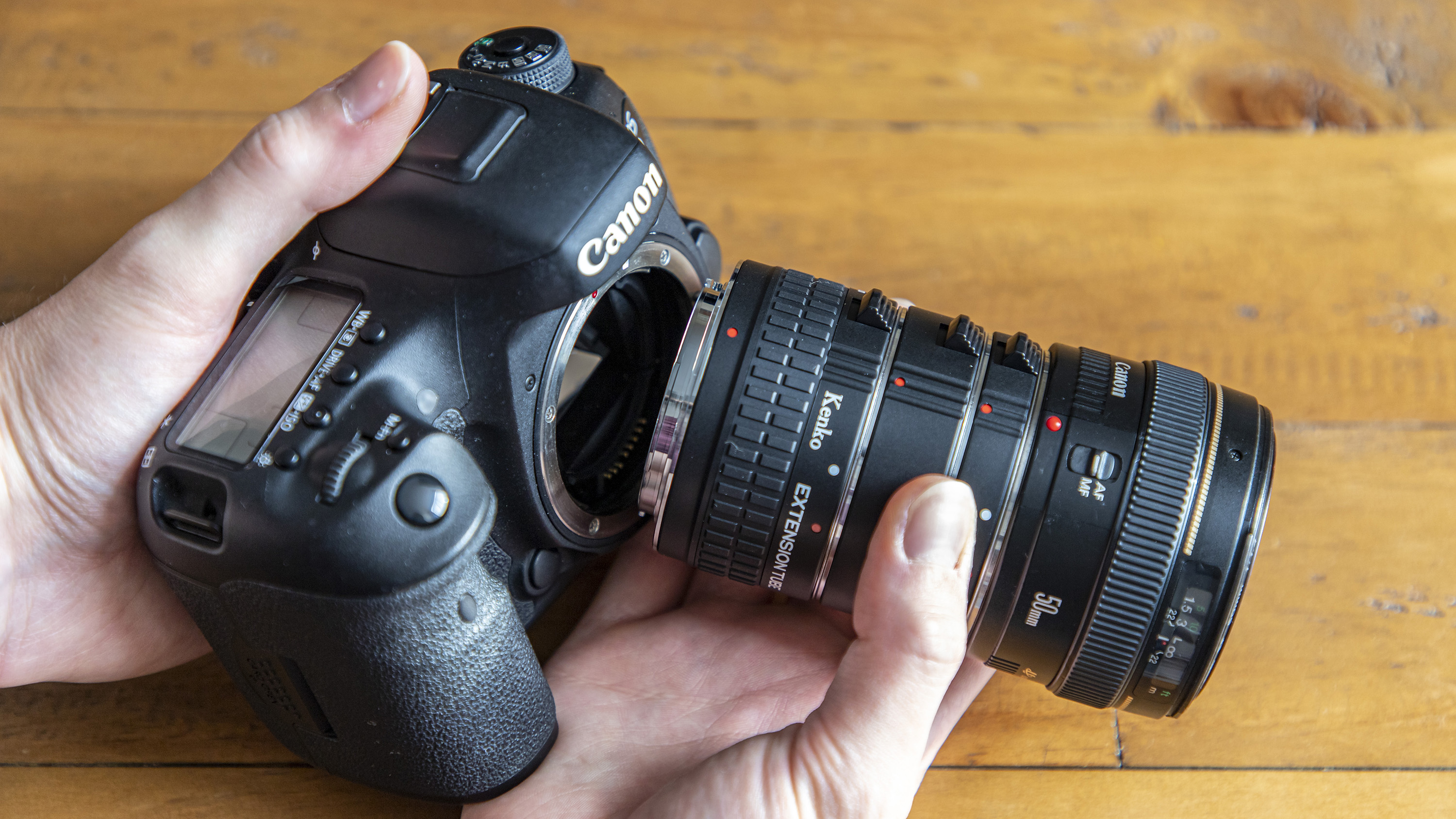
The best macro extension tube sets can turn an ordinary lens into a budget-friendly macro option. Mounted between your camera and lens, they let you focus much closer for impressive magnification. Each set, matched to your camera mount (Canon, Nikon, Sony, etc.), usually includes two or three tubes of varying lengths that can be used individually or stacked for stronger magnification—the longer the tube, the closer the focus distance. The trade-off is that you can only shoot at very short range compared to a true macro lens.
You can choose between manual or automatic tube sets. Auto versions maintain electronic communication for aperture control and limited autofocus, though precise focus is best achieved by moving the camera or subject—tools like the NiSi NM-200s Focusing Rail help. Manual tubes, lacking electronic contacts, can be problematic with modern lenses that rely on power for aperture and focus control. With that in mind, here’s a look at some of the best macro extension tubes available.

Matthew Richards is a photographer and journalist who has spent years using and reviewing all manner of photo gear. He is Digital Camera World's principal printer reviewer – and has tested all the printers on this list. His expertise with equipment doesn’t end there, though. He is also an encyclopedia when it comes to all manner of cameras, camera holsters and bags, flashguns, tripods and heads, printers, papers, and inks, and just about anything imaging-related.
The Quick List
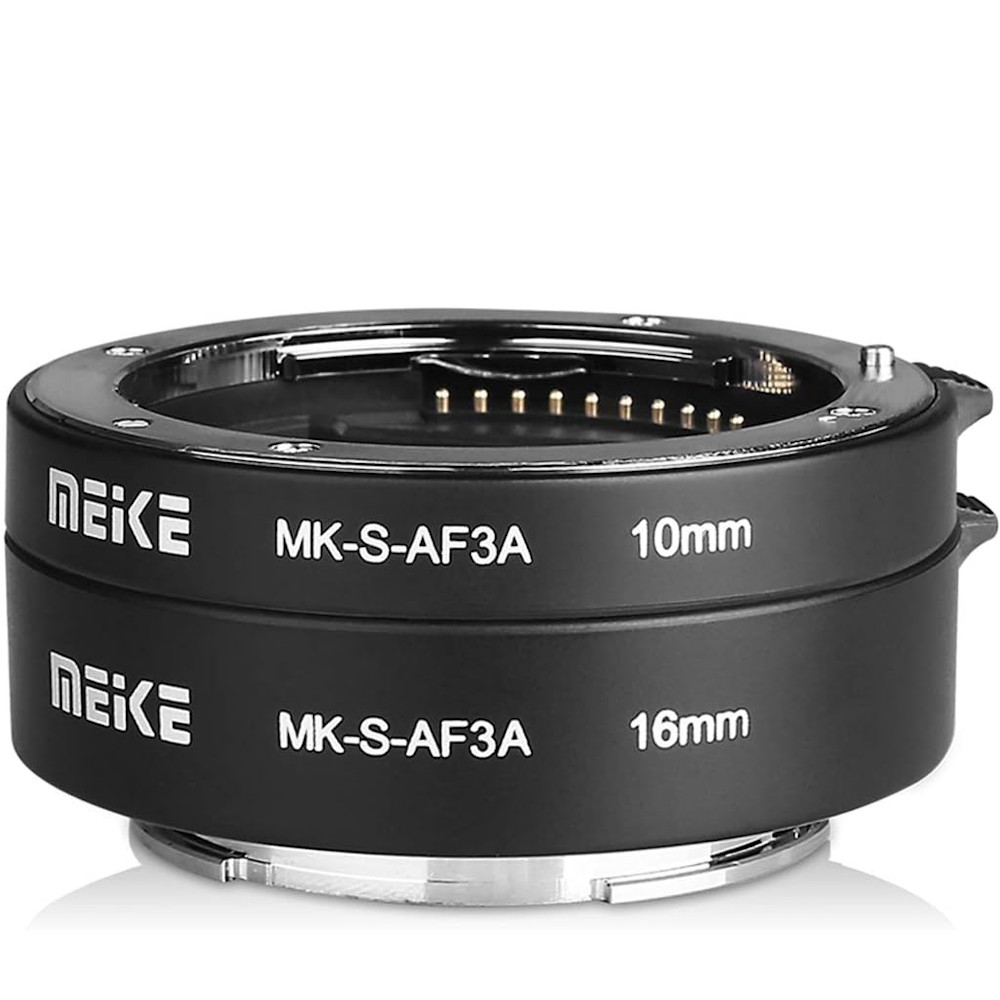
I like that this ‘auto’ set is designed for the latest mirrorless cameras and is available in a relatively wide range of Canon RF, Nikon Z, Sony E and L-mount options.
Read more below
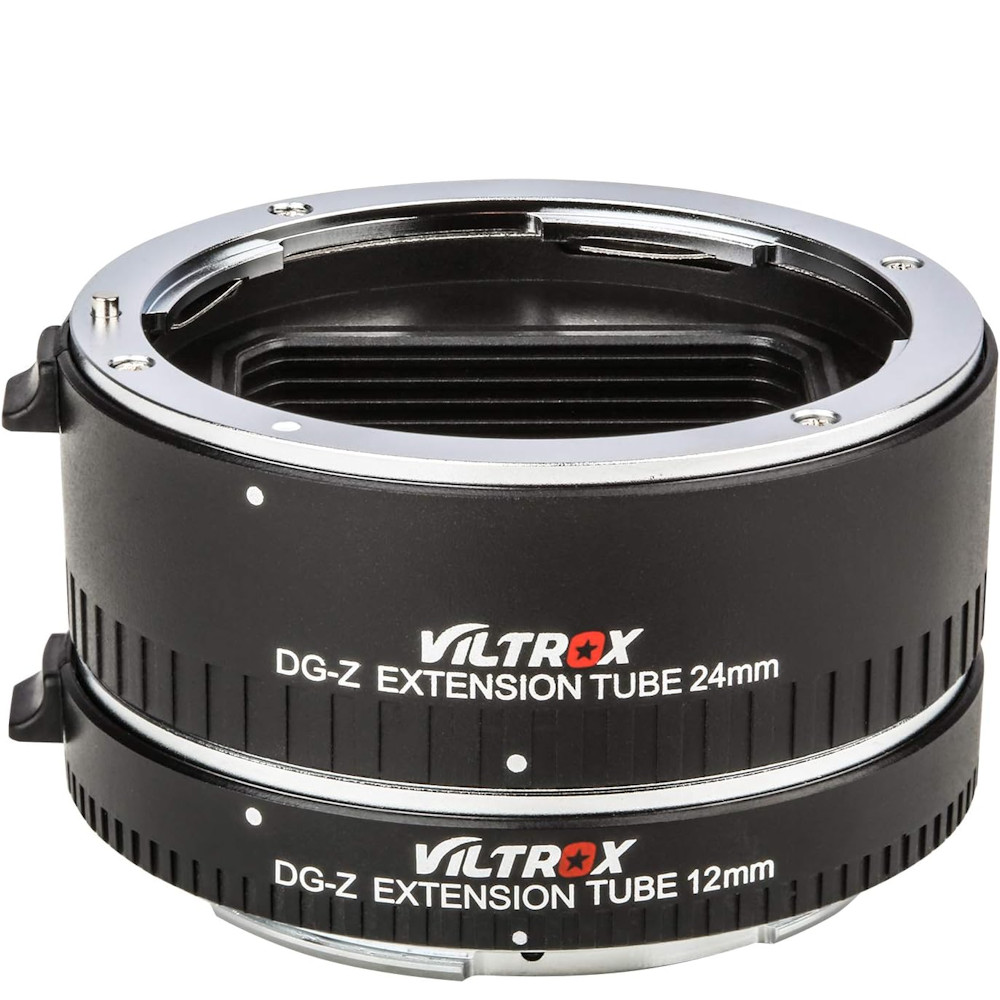
Although slightly pricier than the Meike kit, I prefer this Viltrox set for Nikon Z and L-mount cameras. Again, it’s designed for mirrorless but has a longer maximum tube length.
Read more below
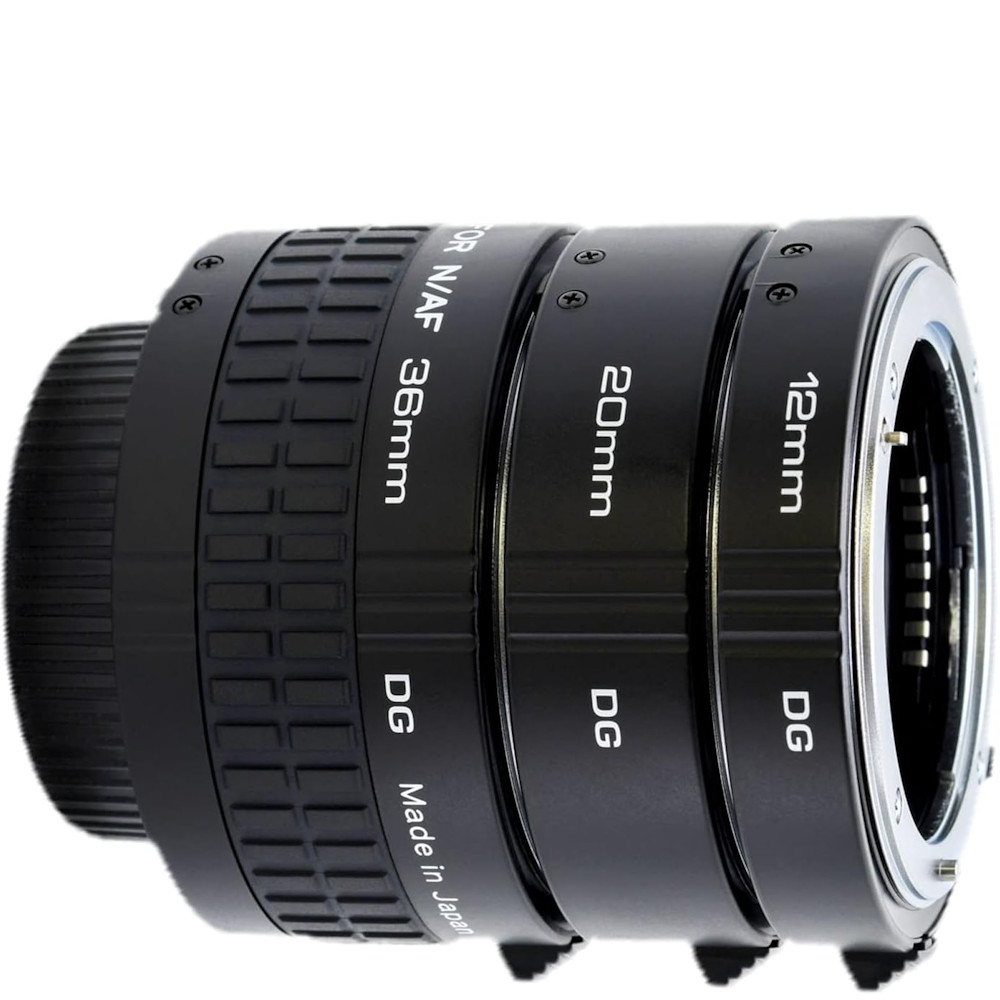
This is one of the longest-running set of extension tubes on the market. Two options are available, for Canon EF and Nikon F mount, putting it firmly in DLSR territory.
Read more below
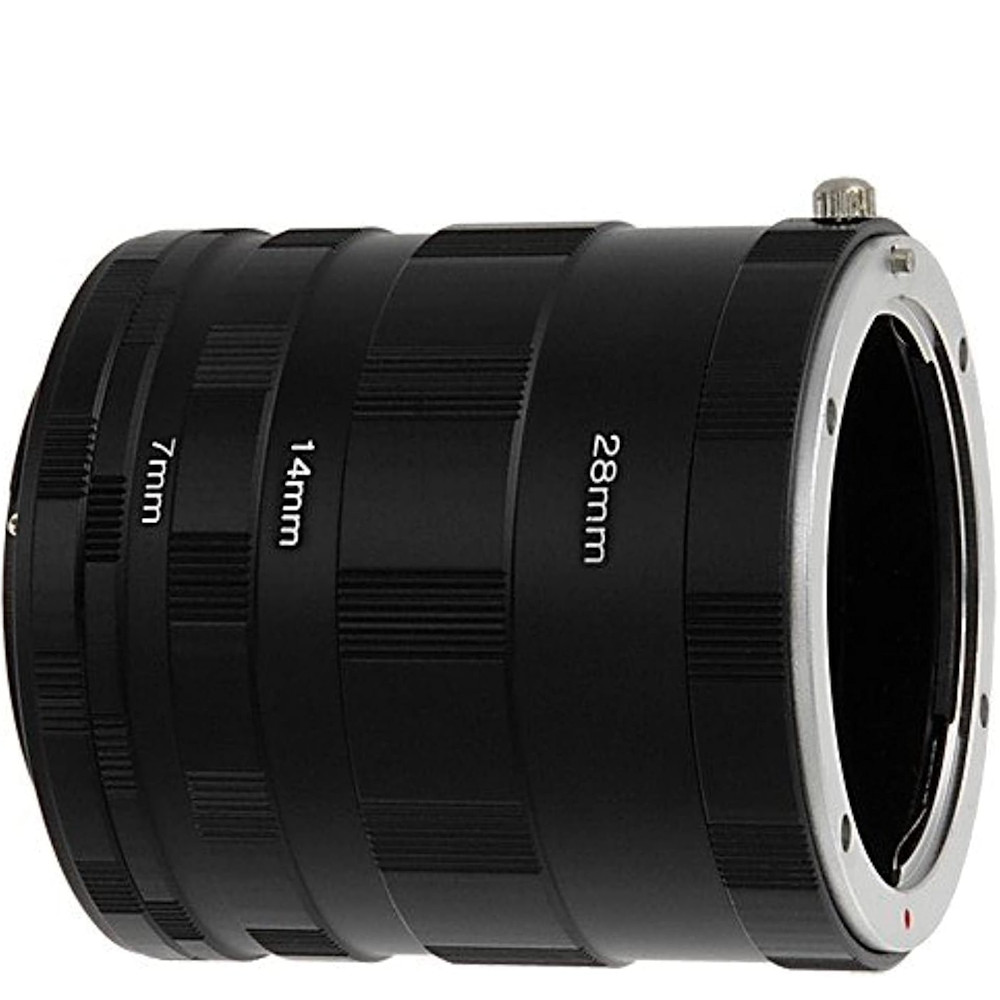
If you can get by without electronics, this manual set is available in a wealth of Canon EF, Fujifilm X, MFT, Nikon F, Sony A and Sony E mount options, and is super-cheap to buy.
Read more below
The best macro extension tube sets
Why you can trust Digital Camera World
Best overall extension tube set
Specifications
Reasons to buy
Reasons to avoid
There’s an old saying… Two’s company, three’s a crowd. Sure, this Meike set of extension tubes only has two tubes whereas some others have three, but I feel the pair is something of a dynamic duo. The kit is designed for mirrorless cameras and is available in four different mount options to suit Canon EOS R, Nikon Z, Sony Alpha E-mount and L-mount, the last including Leica, Panasonic and Sigma mirrorless cameras. It’s worth noting that, as with the other sets of tubes in my guide, these are full-frame compatible but give an additional 1.5x boost in ‘effective’ maximum magnification if you use them with an APS-C format camera.
Different versions of the kit have slightly different tube lengths, as detailed in ‘specifications’ above, but all of them have a full set of electronic contacts plus all the requisite wiring to enable communication between the host camera body and attached lens. This makes them easier to use as well as ensuring compatibility with the widest selection of lenses.
Build quality looks and feels very good indeed and performance is highly impressive. All in all, this is my kit of choice for Canon EOS R and Sony Alpha cameras. The only real downside is that the tubes have relatively modest lengths, so the magnifying power isn’t as extreme as with some competing sets. Even so, they’re great value at the price.
Read more: Meike MK Extension Tube Set review
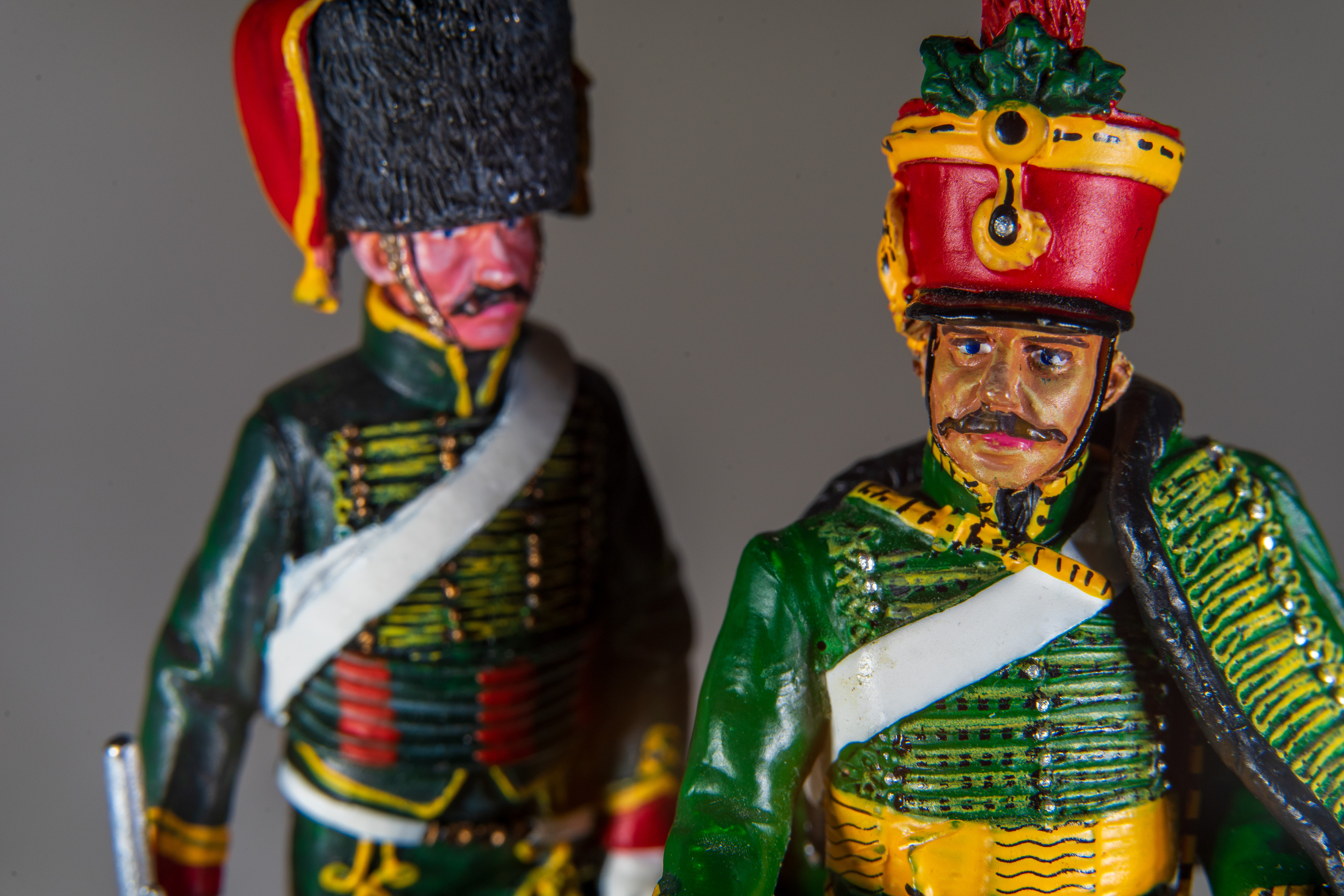

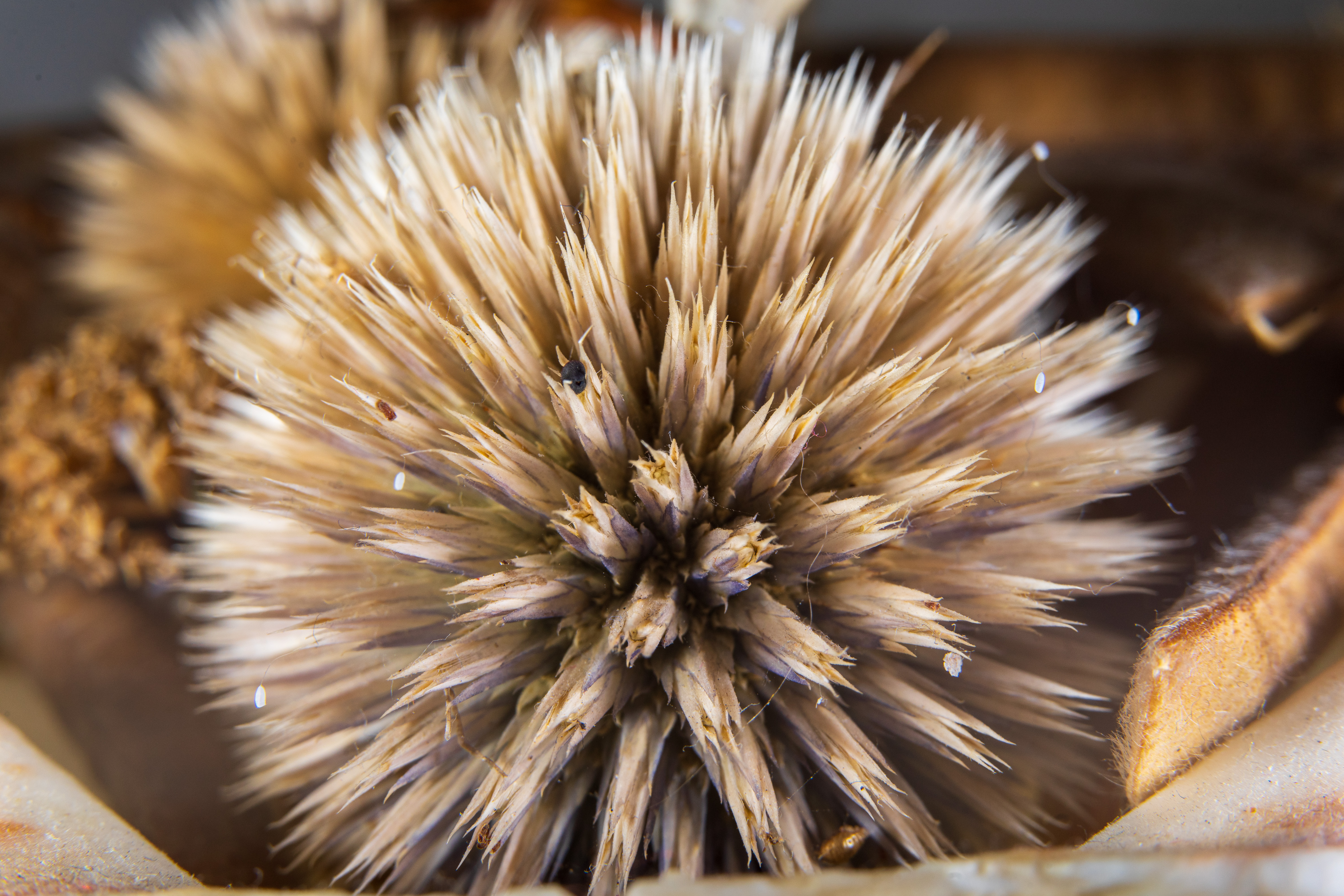
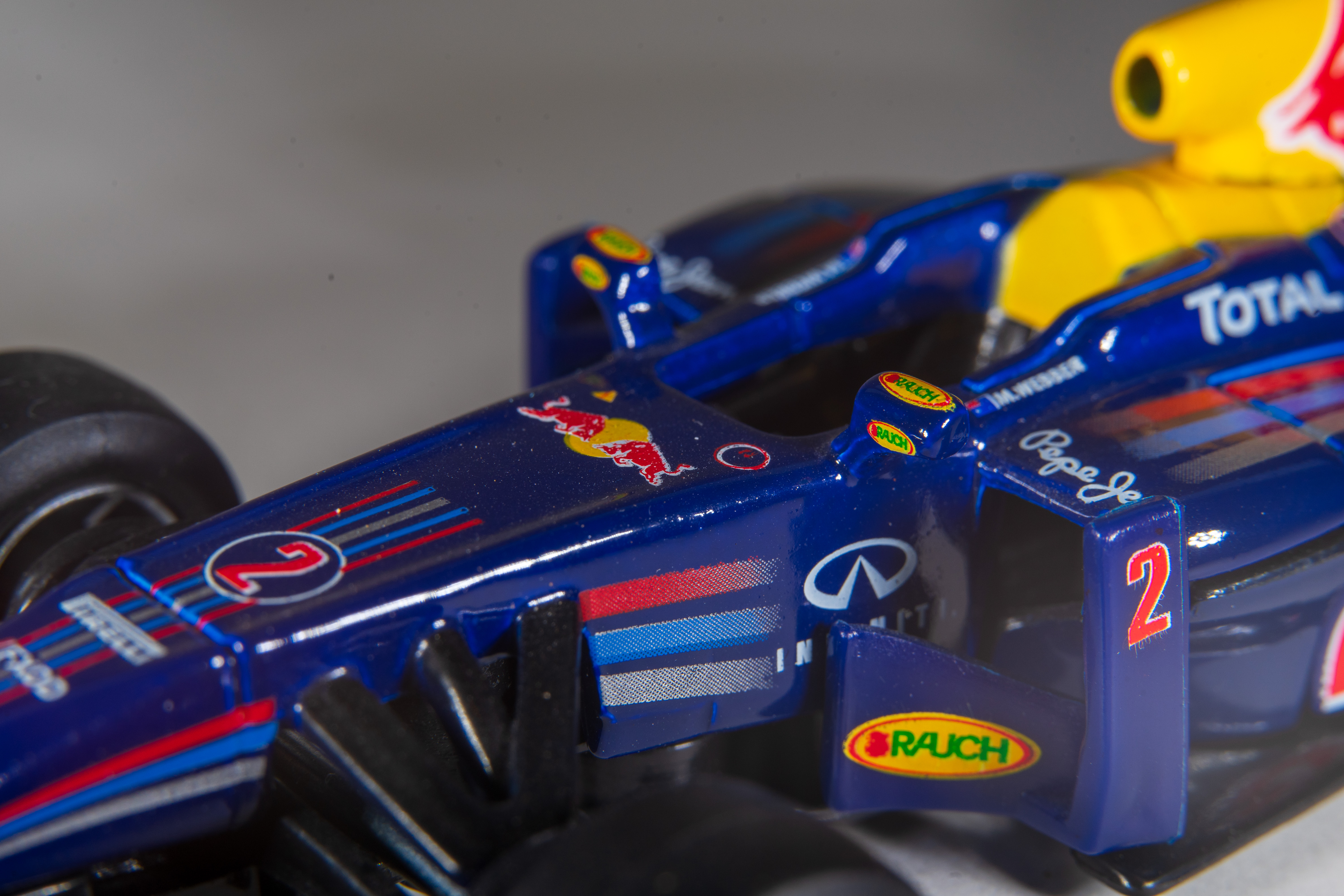

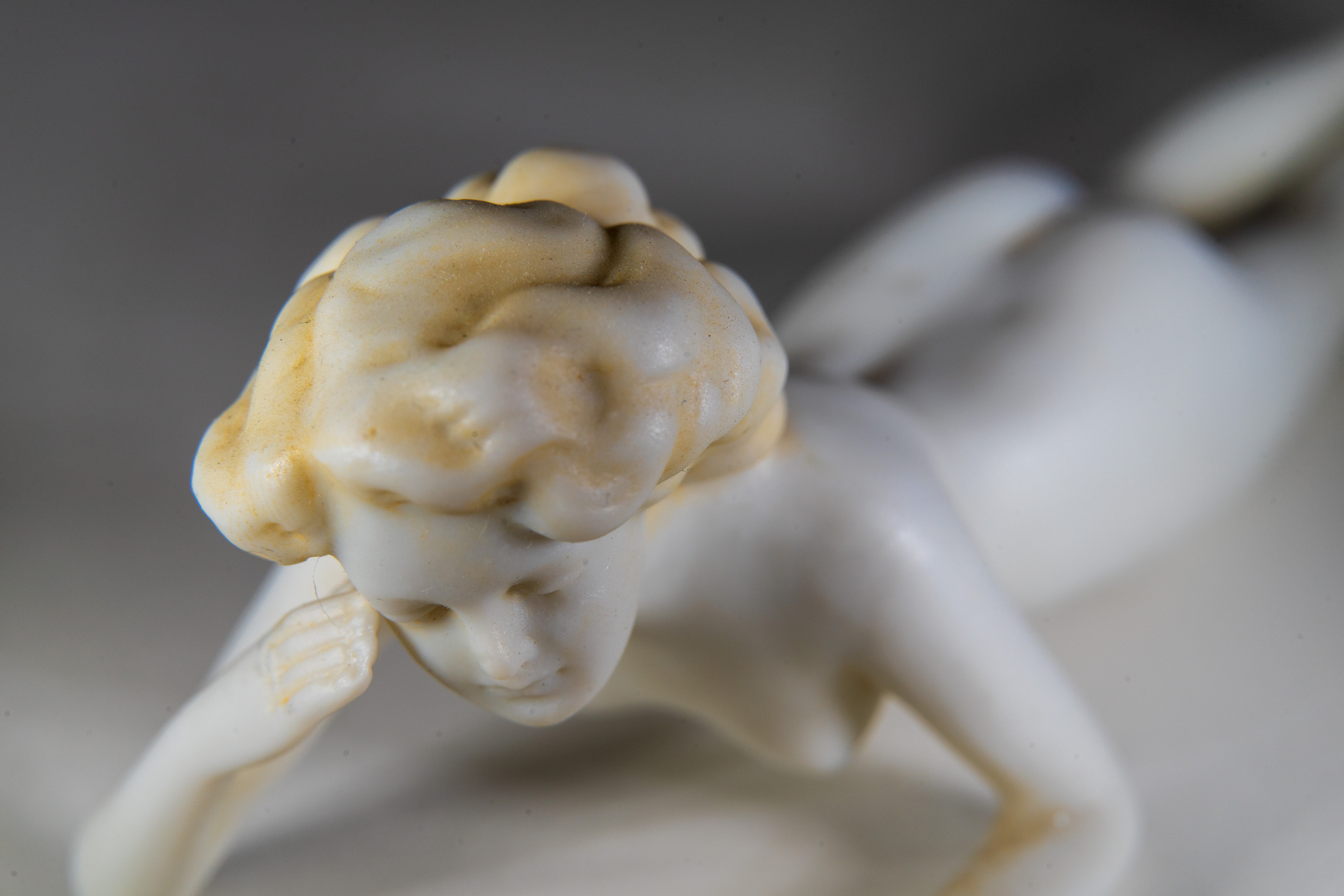
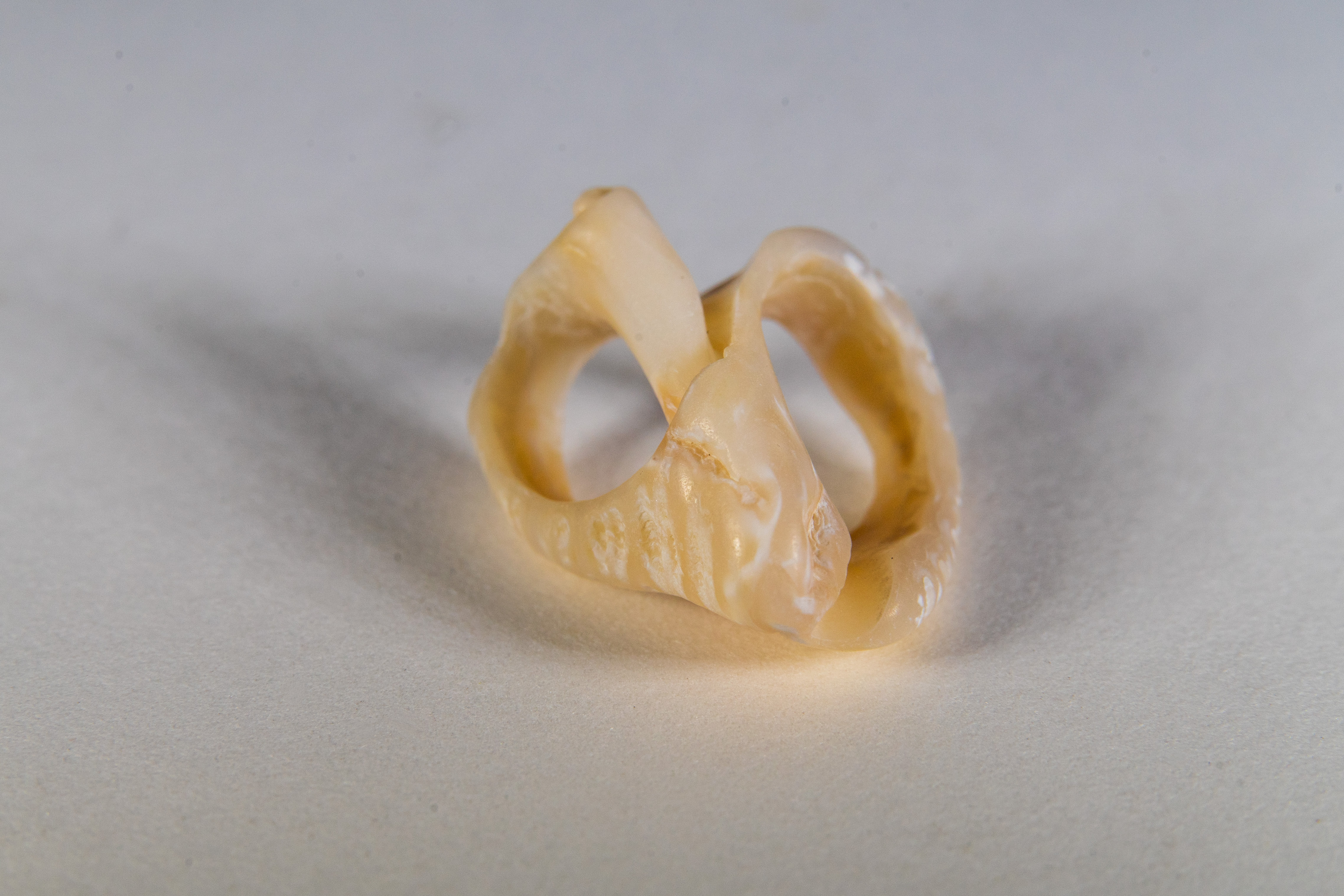
Features ★★★★☆ | There are ‘only’ two extension tubes in this kit rather than the three that are sometimes featured, but they have full electronic connectivity. |
Design ★★★★☆ | Typical of extension tubes, they don’t have weather-seals but they do have robust metal mounting plates and good overall build quality. |
Performance ★★★★☆ | The Meike kit is impressively quick, easy and effective to use compared with many extension tube sets. |
Value ★★★★★ | Considering the build quality, electronic compatibility and performance, this kit is excellent value for money. |
Best extension tube set for Nikon Z and L-mount
Specifications
Reasons to buy
Reasons to avoid
This Viltrox kit is only available for Nikon Z and L-mount cameras but, for these two systems, it goes into direct competition with the Meike kit, detailed above. For the camera systems with which the Viltrox is compatible, it has an advantage over the Meike tubes in that the physical lengths are longer. In this case, the two tubes measure 12mm and 24mm respectively. The latter is quite long in its own right and if you join the two tubes together, you get particularly powerful magnification from the 36mm combined length.
The tubes are nicely turned out with ABS plastic bodies and metal mounting plates at both ends, for connecting to the camera body and lens respectively, or for joining the two tubes together between the camera and lens. They’re incredibly lightweight, which I like a lot, yet feel robust and durable. Full electronic link-through enables aperture control and auto or manual focusing with any lens, as well as through-the-lens exposure metering.
I particularly like that the tubes have a letterbox profile interior that features a matte black, ridged design along its length. This helps to avoid any unwanted reflections as light passes through the extension tubes from the lens to the camera, which might otherwise result in ghosting and flare. Overall, the Viltrox is a smart kit that can deliver excellent results. It’s also easy to use and is great value to buy.
Read more: Viltrox DG AF Macro Extension Tube Ring review


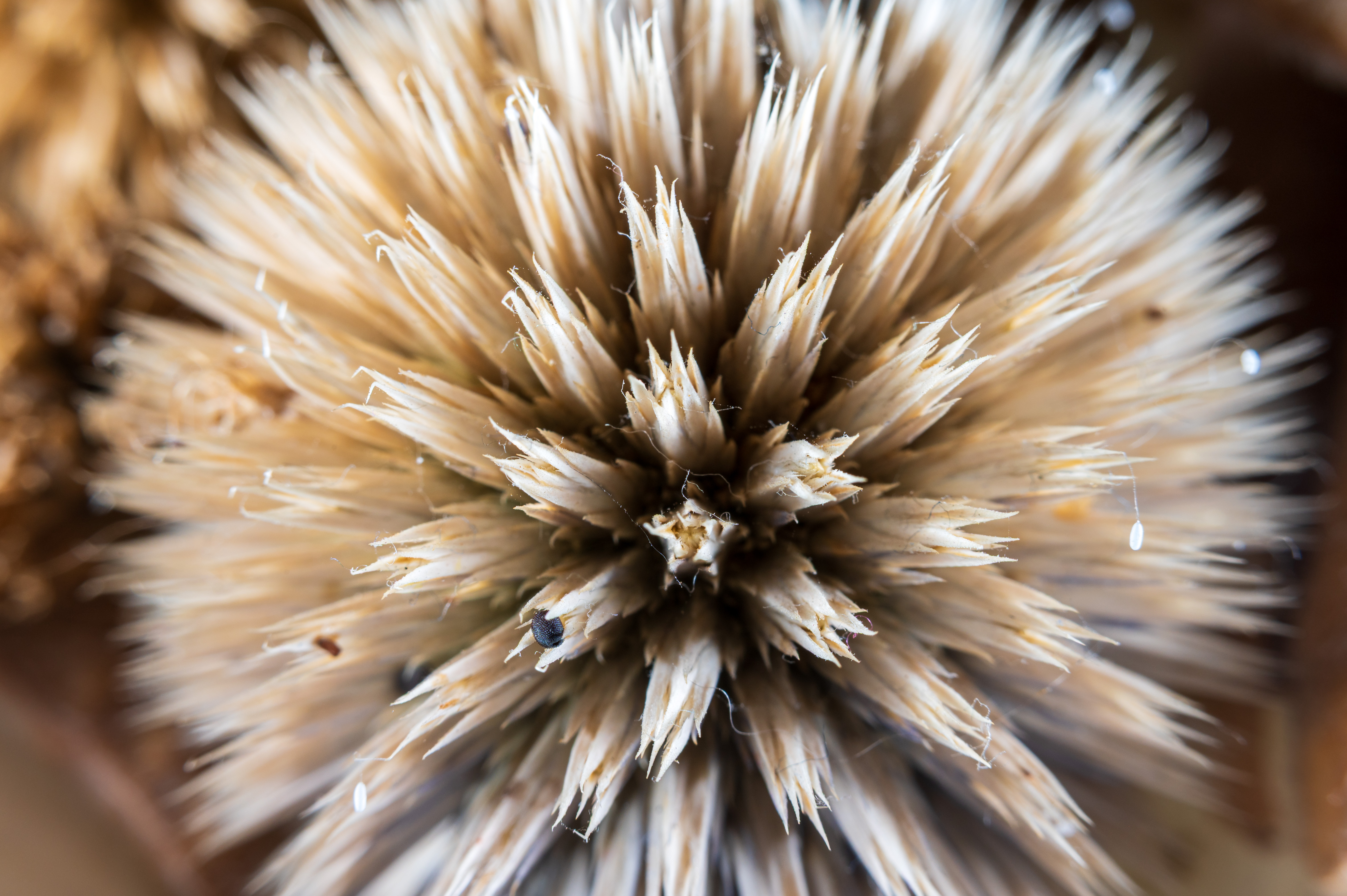
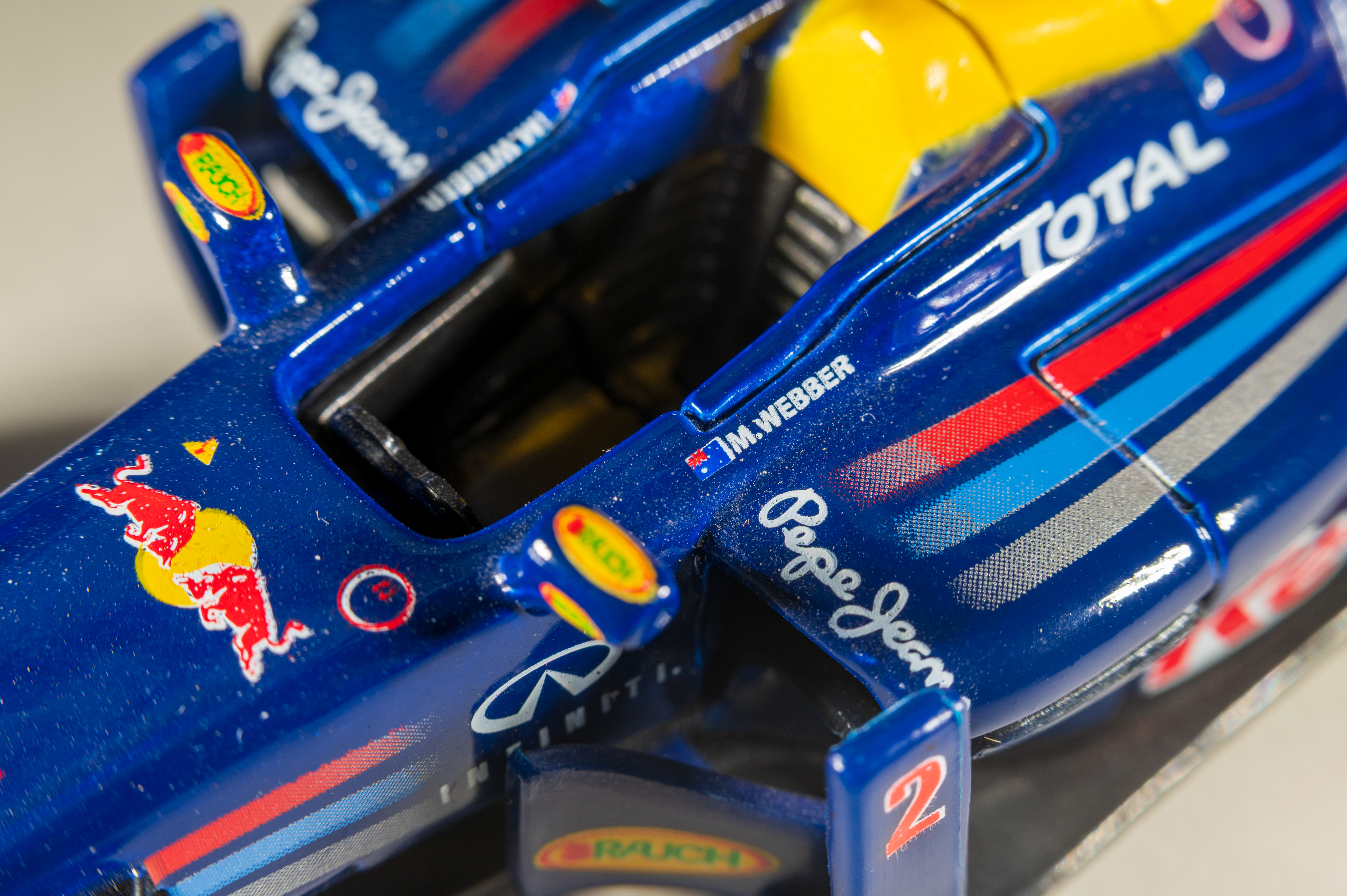
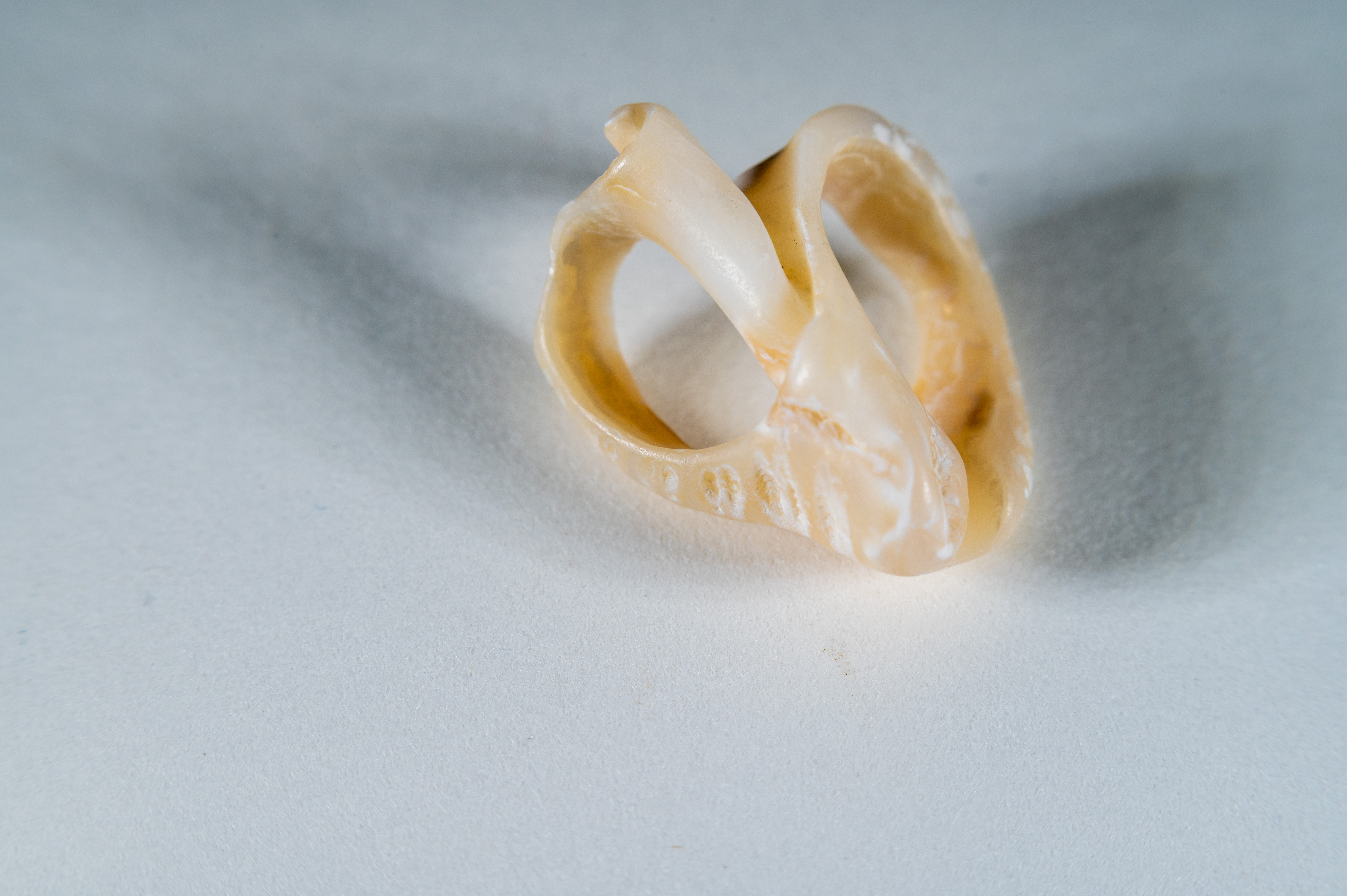
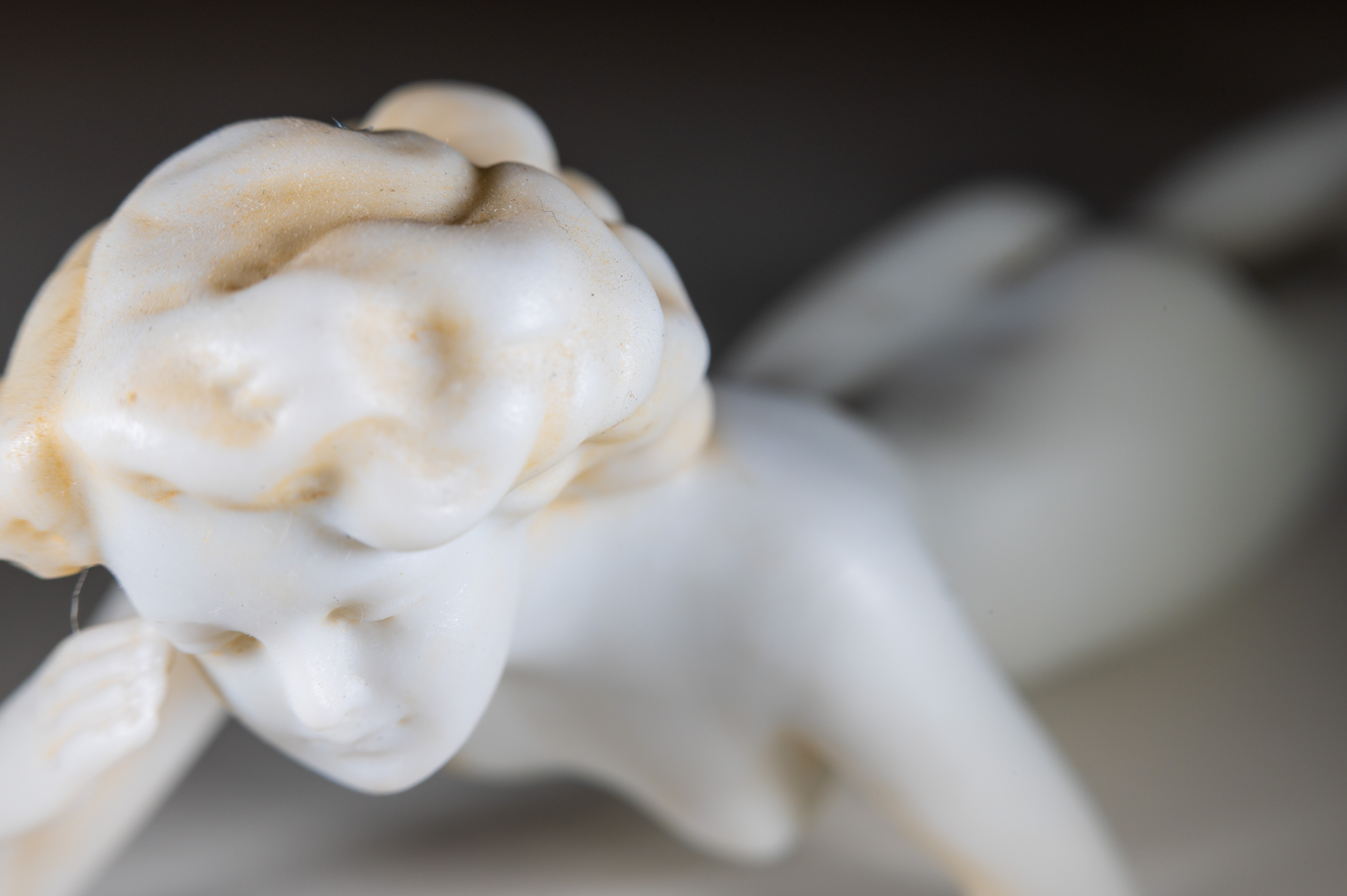

Features ★★★★☆ | Full electronic communication is literally a power-up for these dual 12mm and 24mm extension tubes. |
Design ★★★★☆ | High-quality plastic bodies with a ridged anti-reflective interior are bookended by metal mounting plates at each end. |
Performance ★★★★☆ | Performance is enhanced by the Viltrox kit being quick, easy and effective to use, enabling a great hit rate. |
Value ★★★★★ | Sure, the kit is based on two extension tubes rather than three, but it’s great value for money at the price. |
Best extension tube set for DSLRs
Specifications
Reasons to buy
Reasons to avoid
Compared with the latest macro extension tube sets designed for mirrorless cameras, the Kenko is a more ‘established’ product that’s been around for a few years. It’s designed for DSLRs and is accordingly available in Canon EF and Nikon F mount options. Unlike two-tube sets, the Kenko has a full triple set of tubes, measuring 12mm, 20mm and 36mm in length. That gives plenty of scope for selecting your ideal magnifying power, as the various combination of individual and multiple tubes gives seven alternative lengths overall.
To ensure compatibility with the widest selection of cameras and lenses, the Kenko kicks off with full electronic contacts and linkage. The Nikon version adds mechanical linkages, including a rotary drive for autofocus and an operating lever for aperture control. These are typically needed in older style Nikon AF rather than AF-S and AF-P lenses, where autofocus is driven from a motor in compatible camera bodies, and the aperture diaphragm is mechanically controlled by a lever, rather than electromagnetically as it is in later ‘E’ series lenses. It’s not an issue for the Canon version, as the EOS system used electronics for aperture and autofocus control, right from the start.
The Kenko tubes are a little fiddly to use but that’s mostly down to the fact that extension tubes demand a bit more effort when using a DSLR compared with a mirrorless camera. At least they have camera and lens mounts at either end of each and every tube, making it easy to switch between them or use them in pairs, or all three at once. The only real sticking point is the purchase price, which is a lot higher than for many competing kits.
Read more: Kenko Auto Extension Tube Set DG review
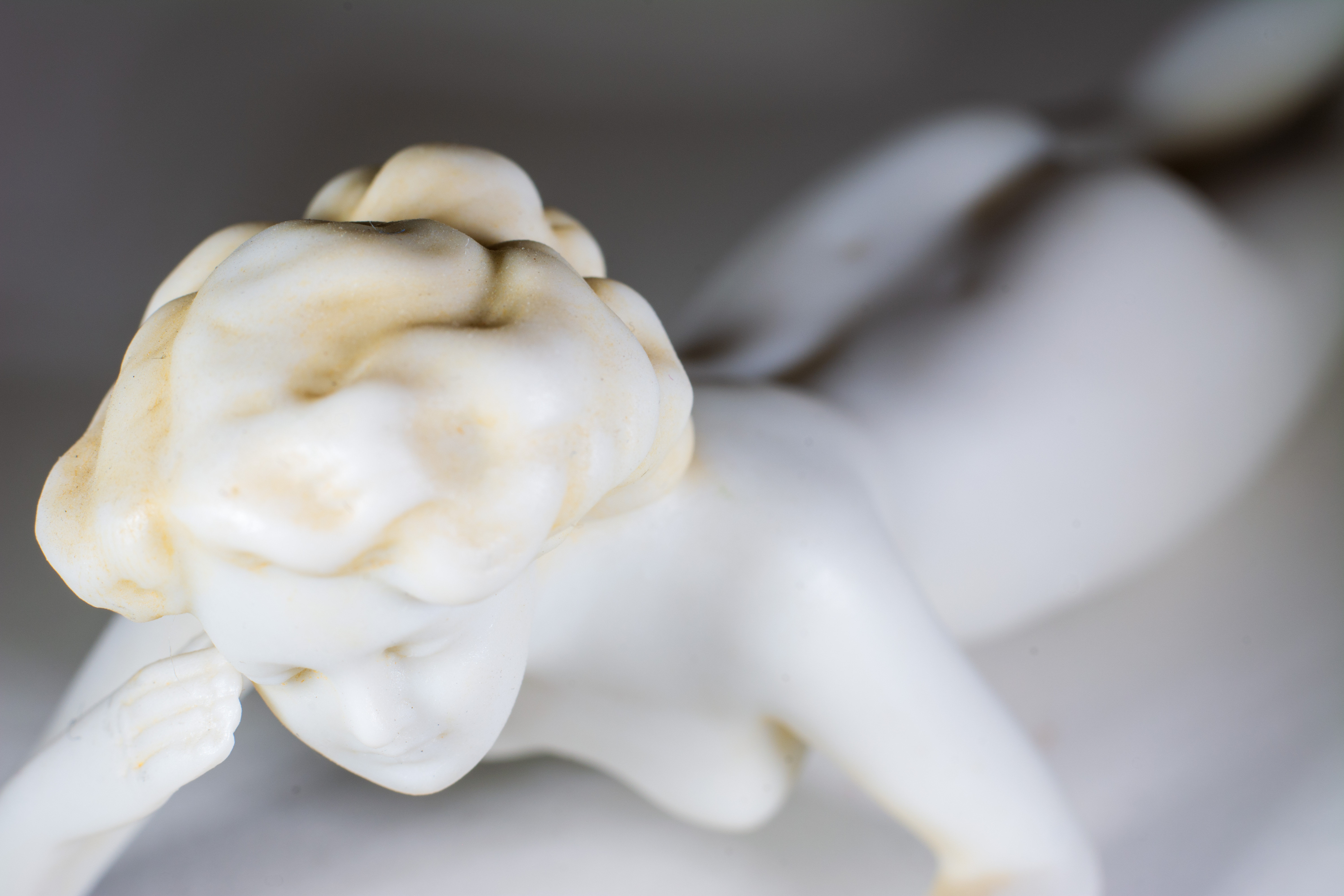


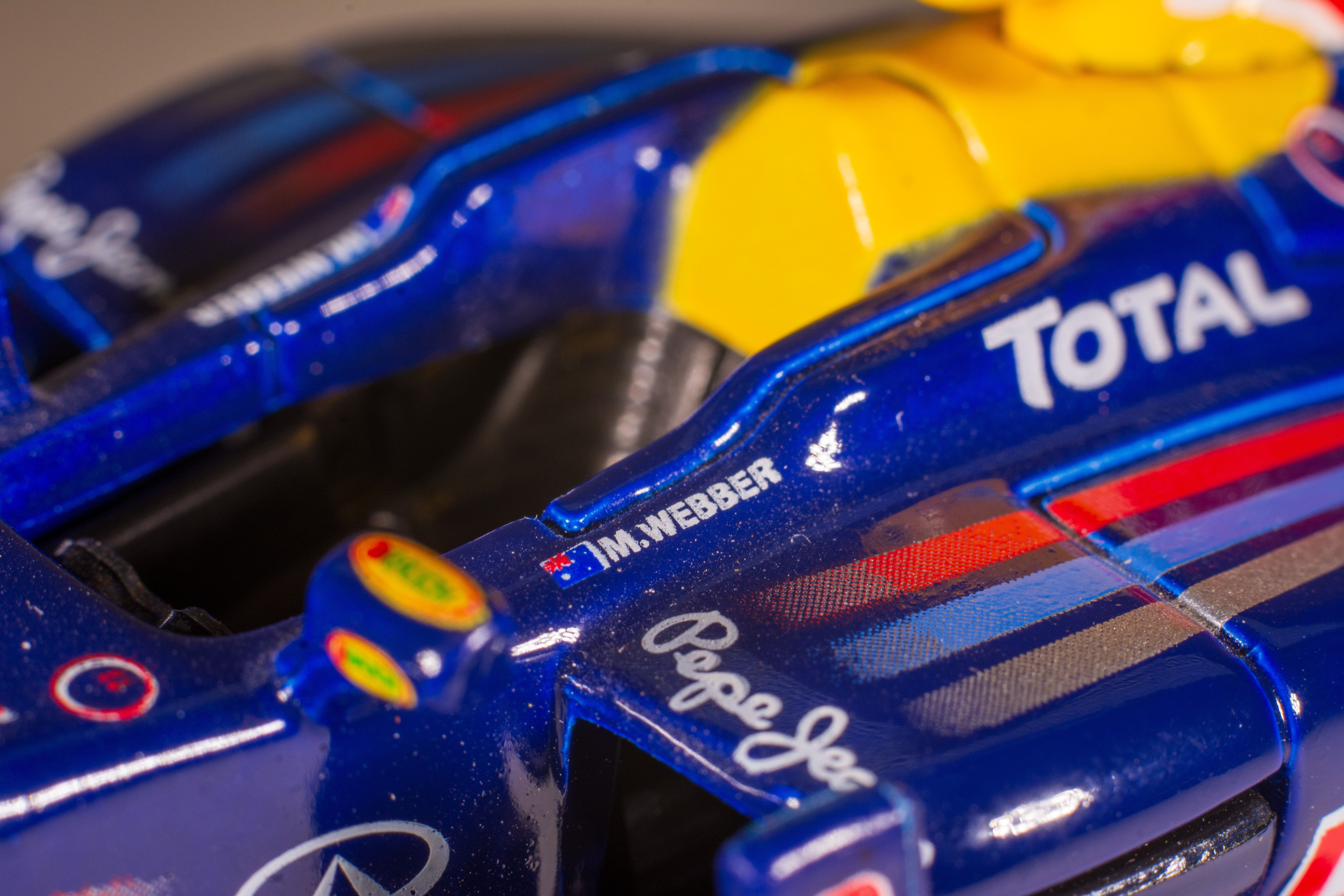


Features ★★★★☆ | Each individual extension tube in the set includes its own built-in camera mount at one end and lens mount at the other. |
Design ★★★★☆ | Good build quality features metal mounting plates throughout, plus electronics linkages and additional mechanical linkages for the Nikon F-mount version. |
Performance ★★★★☆ | Image quality can be very good, especially if you’re using the extension tubes with a high-quality prime lens, but a ‘proper’ macro lens is generally better. |
Value ★★★☆☆ | Even taking into account that the Kenko kit is based on three tubes with electronic pass-through, it’s comparatively pricey. |
Best manual extension tube set
Specifications
Reasons to buy
Reasons to avoid
I like that the Fotodiox kit is available in various options to fit many DLSR and mirrorless camera systems. I also like that it’s incredibly inexpensive to buy, despite featuring three separate extension tubes of 7mm, 14mm and 28mm in physical length. However, a major factor in the cut-price design is that there are no electronic contacts in any of the mount options. You’re therefore flying manual, and you’ll need a lens with onboard, mechanical (rather than electronic, camera-reliant) manual control rings for both aperture and focusing.
Unlike many competing extension tube kits on the market, each of the extension tubes in this set has a screw thread at each end for mechanical connection. They’re simple enough in terms of connecting multiple tubes together to extend the magnifying power. However, in the more usual scenario where you only want to use one tube on its own, it requires you to unscrew the single pair of camera and lens mounting plates supplied in the kit from one tube, and then screw them onto another tube. It’s comparatively time-consuming and a bit of a chore.
On the plus side, if you’re happy to make all your adjustments manually, the Fotodiox kit comes at a rock-bottom price and is perfectly capable of delivering excellent results. It just takes a little more time and effort to achieve them.
Read more: Fotodiox Macro Extension Tube Set review
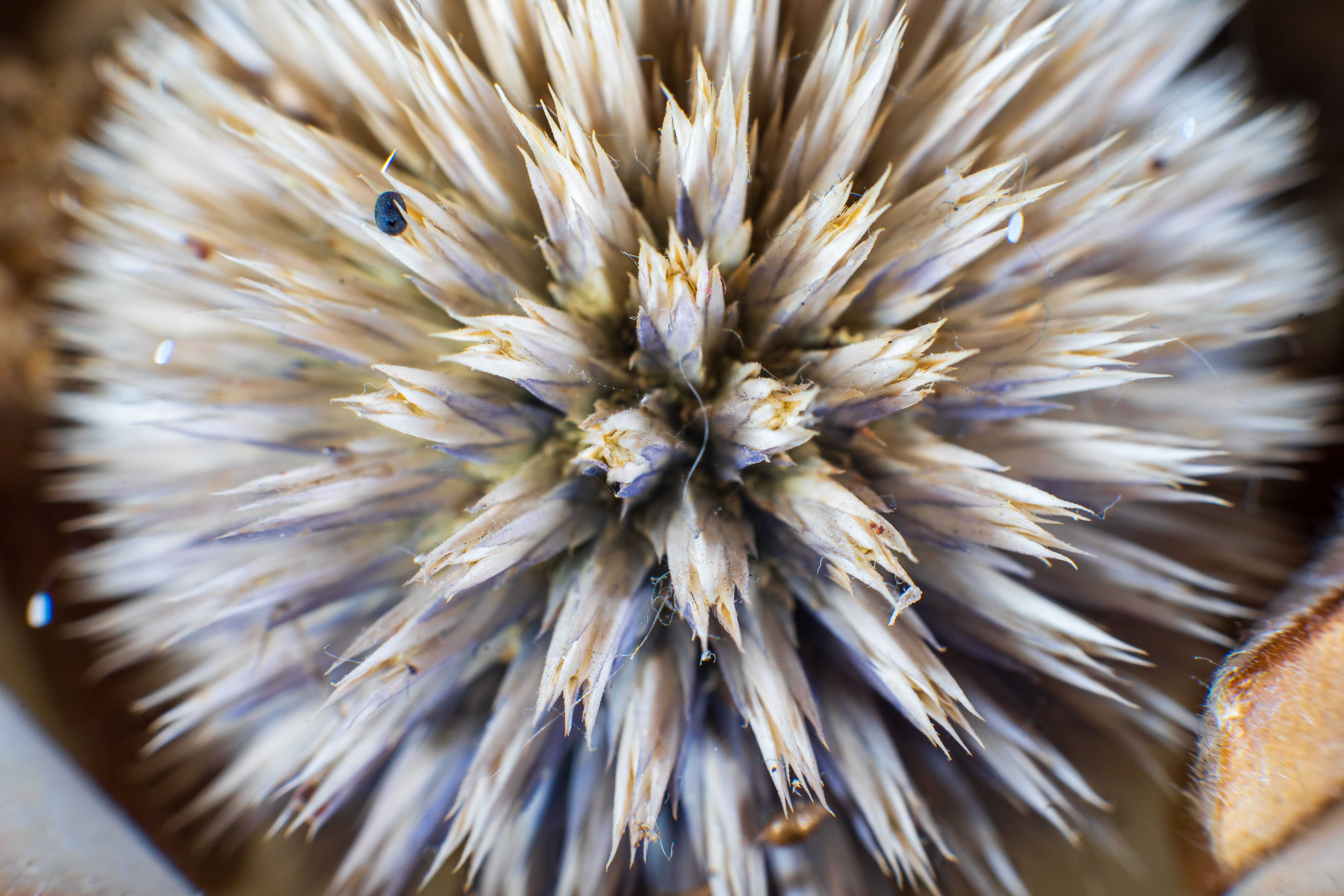

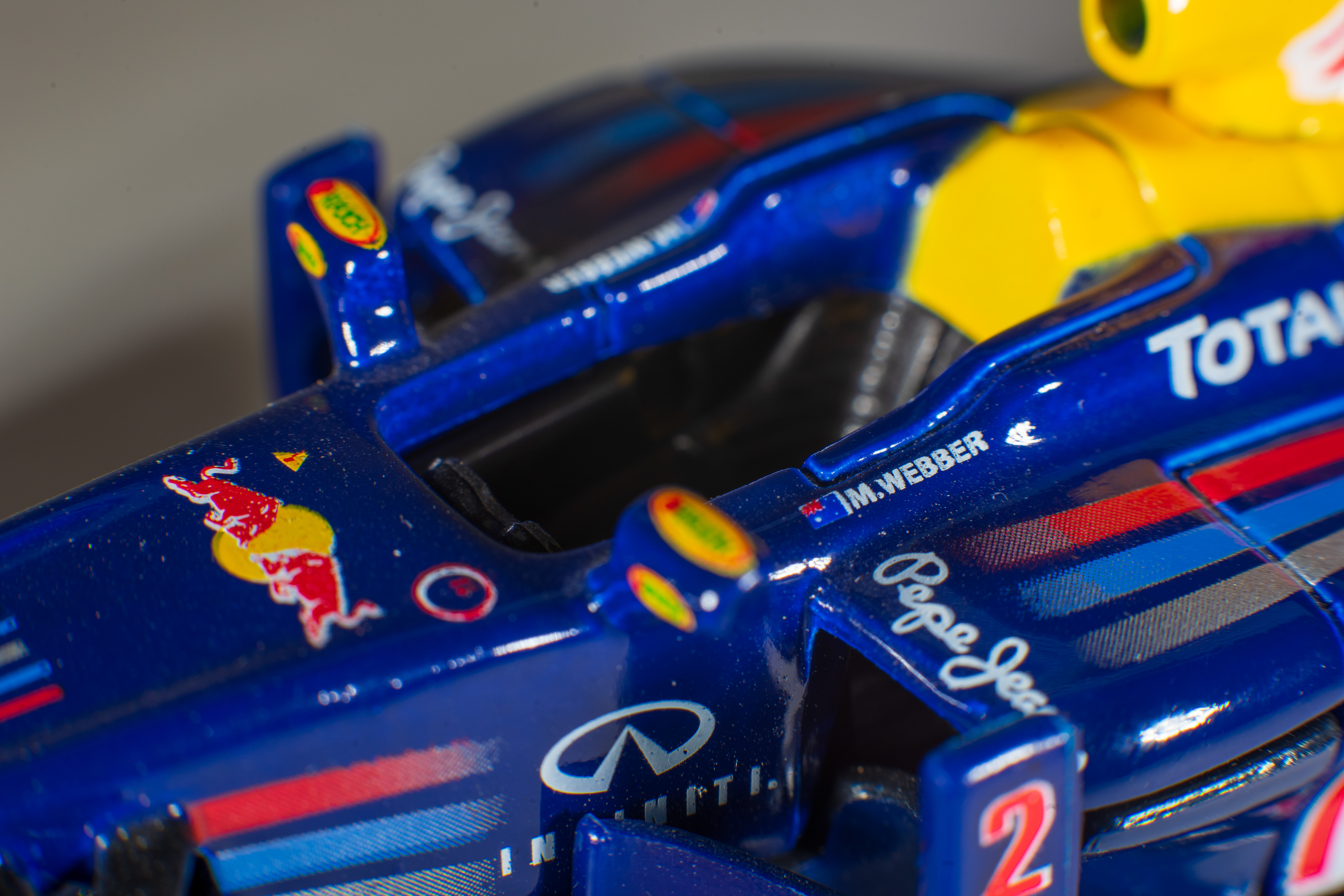
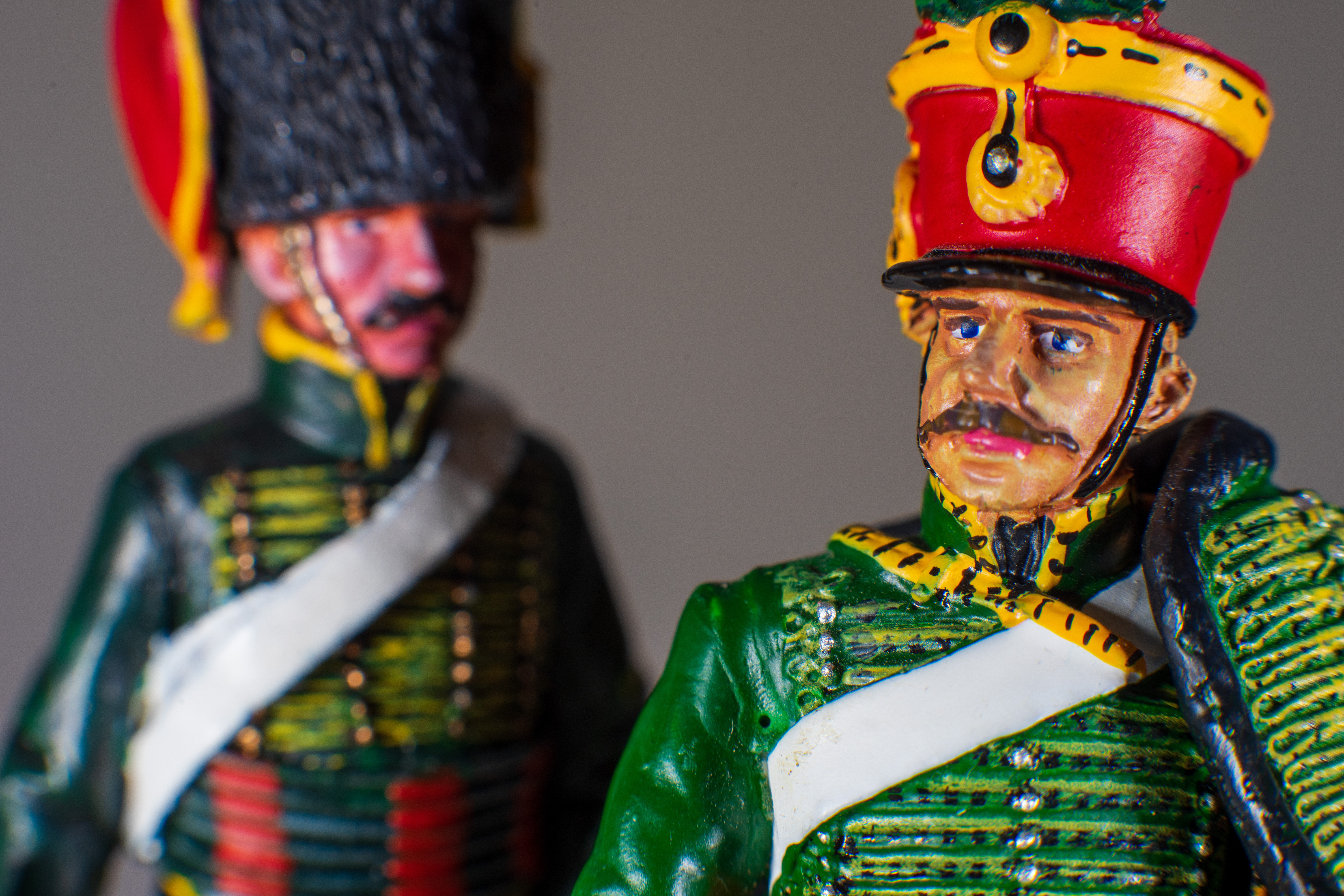

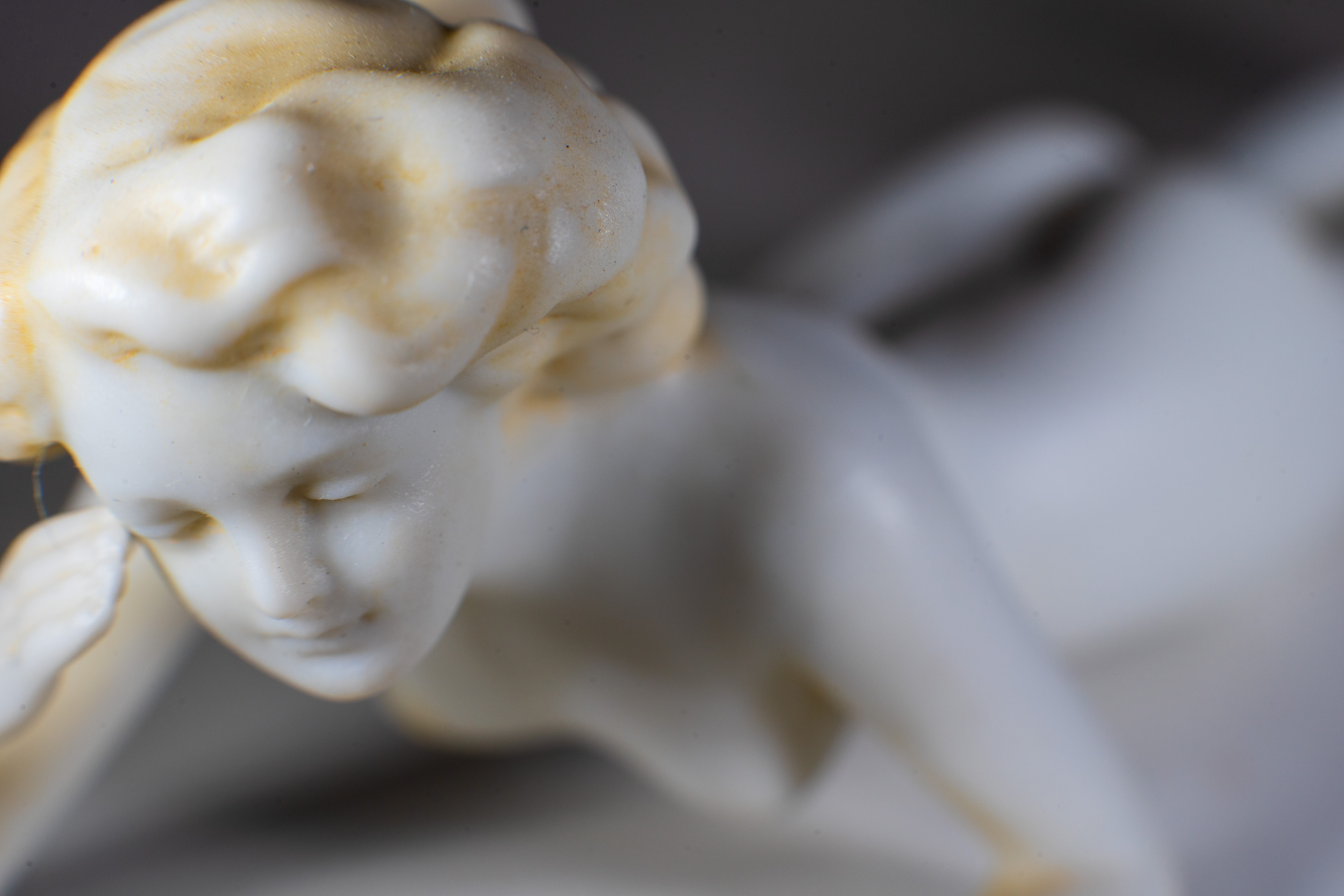
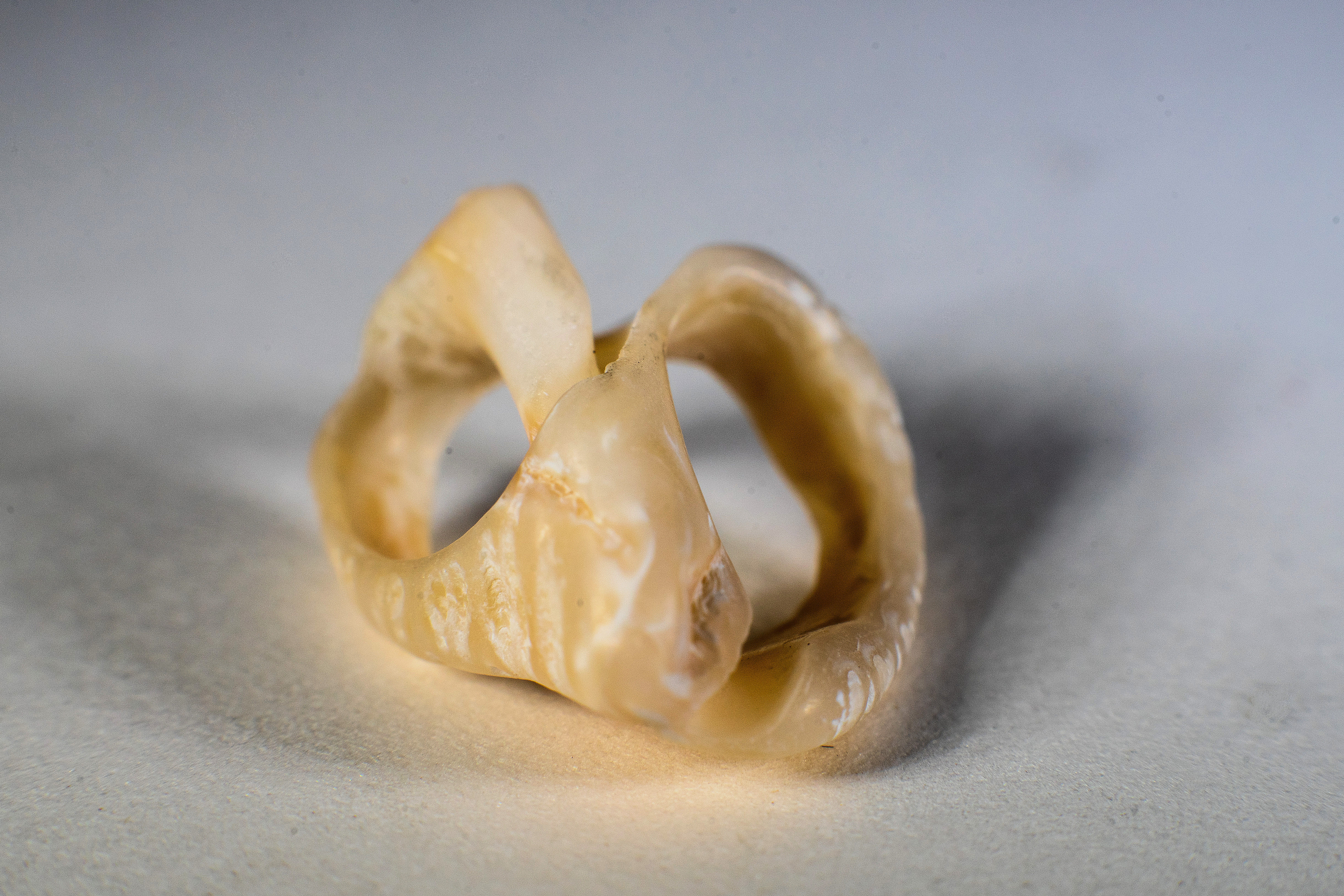
Features ★★★☆☆ | The feature set is merely adequate, with no electronic pass-through, nor camera/lens mounting plates on each tube. |
Design ★★★☆☆ | The all-metal build feels reasonably robust but each part that screws together can be a little difficult loosen and unscrew again. |
Performance ★★★★☆ | They’re fiddly to use but image quality is respectable if you have a suitable good-quality lens that enables mechanical focus and aperture adjustments. |
Value ★★★★★ | For a set of extension tubes, the Fotodiox kit is pretty much as basic as it gets, but it’s super-cheap to buy. |
How to choose
There are a few things to bear in mind when choosing your ideal set of extension tubes. Here are the main points...
Which camera mount?
Some extension tube sets are available in a wide range of different mount options, to suit different camera systems. You therefore need to make sure you’re ordering the correct version for your exact camera. For example, a set of tubes advertised for Canon cameras might be anything from EF or EF-S to EF-M or RF mount.
Manual or automatic?
Even if you like to focus manually rather than using autofocus for extreme close-up shooting (many do), you might well still require a set of ‘automatic’ extension tubes. These have electronic connectors to pass data between the camera body and the lens. Without an electronic linkage, you can’t adjust the aperture or focus manually with many modern lenses, as these actions require electrical power to drive the aperture diaphragm and focusing mechanism. As for focusing, you’re generally better off adjusting the lens focus to its closest setting and them physically moving the camera or subject.
How many do I need?
Most extension tube sets have either two or three separate tubes in the kit. More might seem better but two will generally suffice. Indeed, some extension tubes are sold on their own, so you’ll only be getting a single tube. However, with a multi-tube set, you can use the tubes individually or in pairs or triplets, giving you more versatility in magnifying power.
What lenses can I use them with?
The longer the length of the extension tube (or combination of tubes), the closer the front of the lens will get to the subject. In some cases, the ‘maximum’ or infinity focus setting of the lens will become so short that you can’t get enough physical distance between the front of the lens and the subject to achieve focus. Physically short zoom or standard prime lenses work best, ideally with a focal length of between 50mm and 100mm. Wide-angle lenses generally cause severe vignetting and might not give sufficient focusing range, whereas longer telephoto lenses result in less magnifying power.
How we test
We test lenses using both real-world sample images and lab tests. Our lab tests are carried out scientifically in controlled conditions using the Imatest testing suite, which consists of custom charts and analysis software that measures resolution in line widths/picture height, a measurement widely used in lens and camera testing. Our lab tests also reveal the extent of color fringing and distortion. We find the combination of lab and real-word testing works best, as each reveals different qualities and characteristics. You can find out more about how we test and review on Digital Camera World.
The best camera deals, reviews, product advice, and unmissable photography news, direct to your inbox!
Matthew Richards is a photographer and journalist who has spent years using and reviewing all manner of photo gear. He is Digital Camera World's principal lens reviewer – and has tested more primes and zooms than most people have had hot dinners!
His expertise with equipment doesn’t end there, though. He is also an encyclopedia when it comes to all manner of cameras, camera holsters and bags, flashguns, tripods and heads, printers, papers and inks, and just about anything imaging-related.
In an earlier life he was a broadcast engineer at the BBC, as well as a former editor of PC Guide.
